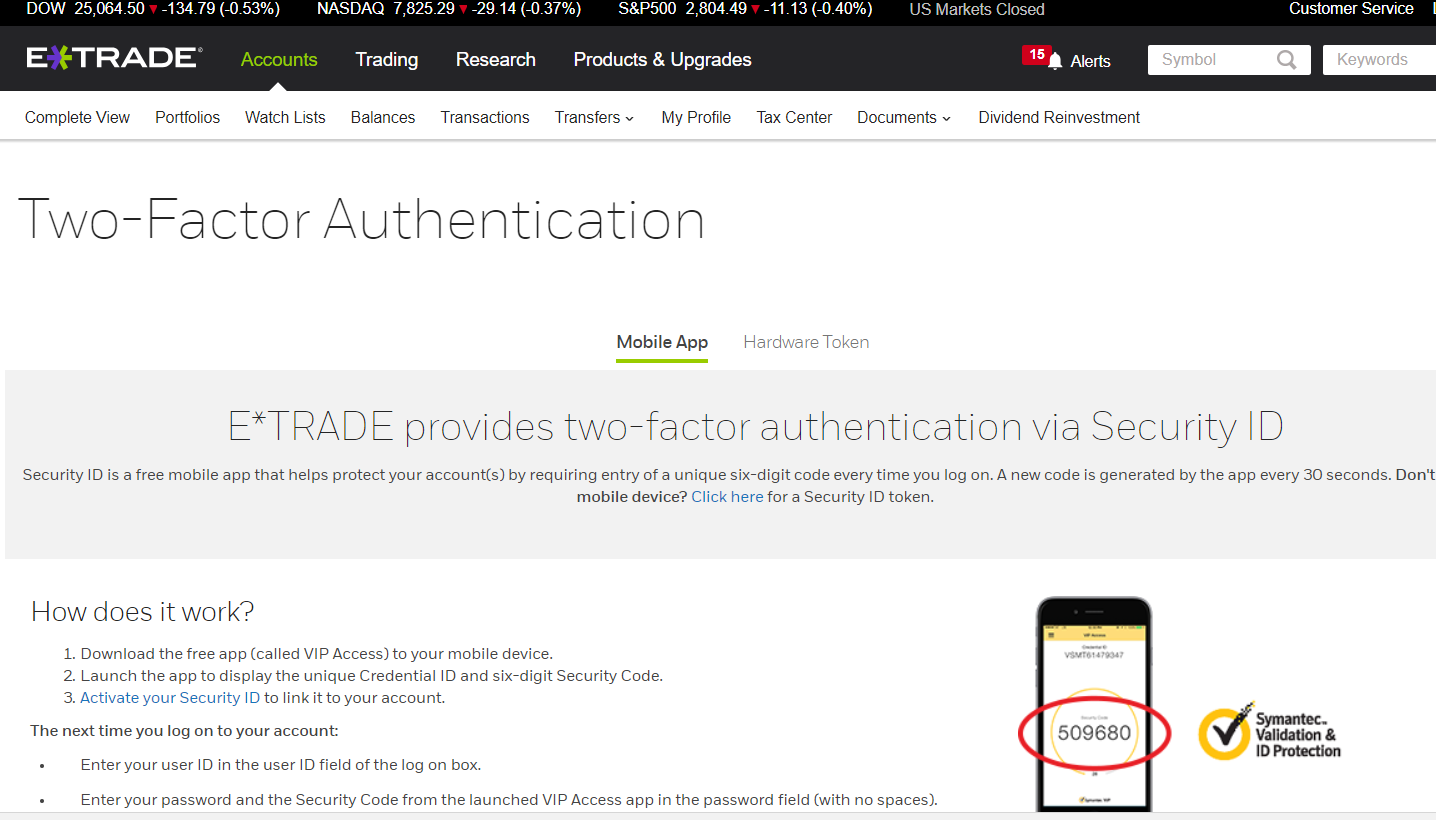Anti-Phishing
Arguably the most critical security tip anyone can pass on: don’t click on links sent via email unless you are expecting the sender to send it to you. It doesn’t matter if you know the sender, you must be specifically expecting the link and topic. If you are sending someone a link, IM the recipient and inform him or her that you are sending a link to a given site. If you receive an email from someone you know with links: IM or call them prior to clicking and verify that they intentionally sent and vouch for the link. The definition of Spear-Phishing is a targeted attack against someone (e.g. you) using an email that you have some reason to trust or be interested in. You can lose a lot of money in a hurry by clicking on links that are unverified.
If you receive a link in what is by appearances a legitimate email such as from your bank telling you need to view a secure message or from a site you subscribe to that is of interest, then assume the link is an attack until you can prove otherwise. With links in emails, assume they are guilty until demonstrated innocent. Minimally you need to “hover over” links to verify the actual destination URL, and to carefully inspect any addresses. That’s not enough, however. If you are interested in information contained in an email, it’s typically a matter of just a few seconds to use Google to find the information linked to rather than clicking. Alternatively, simply type the website in and navigate to it yourself versus relying on links.
Guarding Financial Accounts
If you have an appreciable amount of assets in an account-using your own definition of appreciable-strongly consider requesting a two-factor authentication mechanism for access. Many financial institutions will be able to offer this. Consider E-trade, they provide a simple mobile app for your phone that generates a random number every half-minute that must be used to login, this in addition to the account password (hence two factors: something you know and something you have)

Protect your sensitive data from easily being observed
This isn’t going to stop the hard core code breaker, but it serves as at least moderate deterrence. To add some security to sensitive MS Office files, use the simple encryption mechanism contained in Office. For Excel, a quick and easy password-based encryption can be placed on a file by simply using: